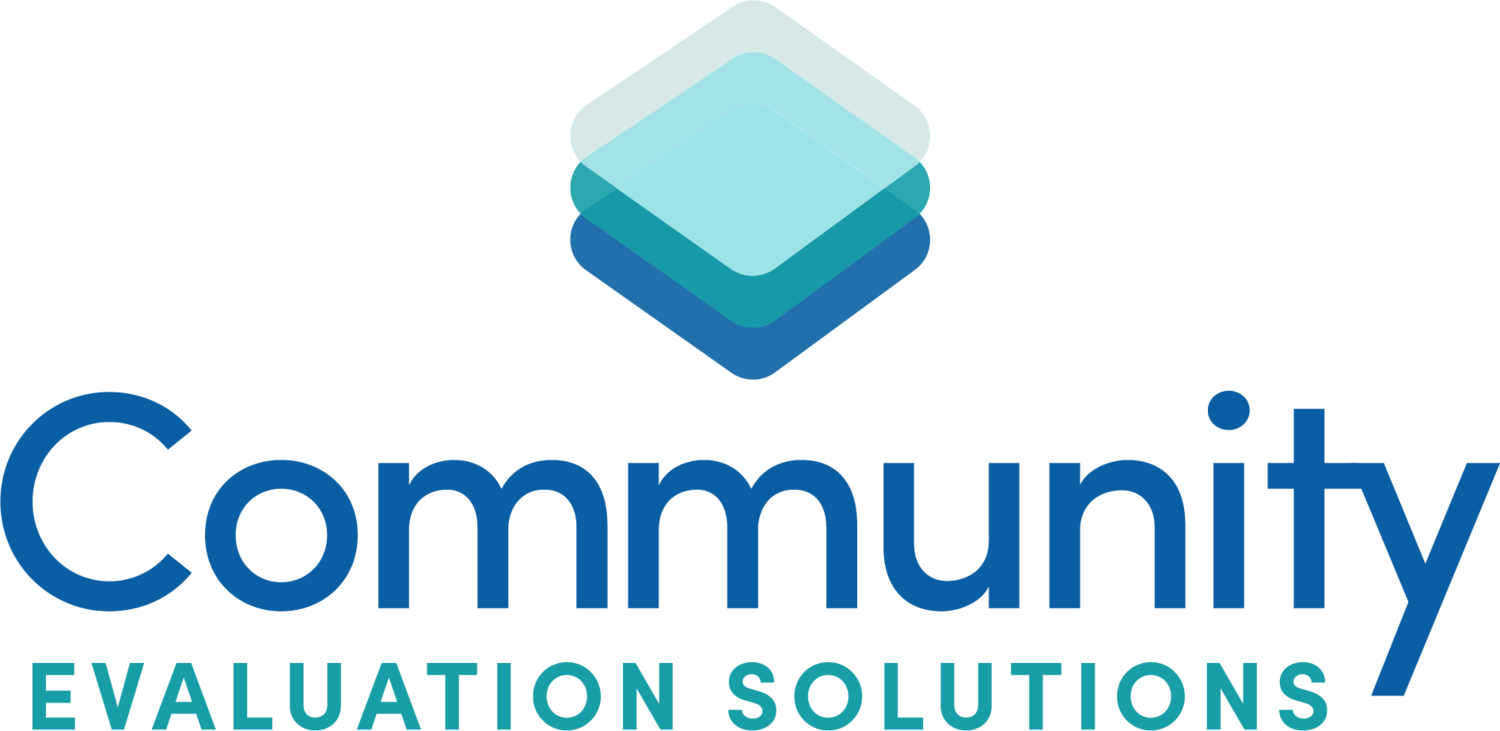Get Creative with Your Teen Focus Groups
Hi friend,
Focus groups and surveys are often the first thing people think of when they think about evaluation. I want to encourage you to get creative with youth engagement in your community work and evaluation. In this post, I share an alternative to traditional focus groups.
But before I dive in, let me say, any activity with glue sticks and construction paper also works well with adults. Remind me to tell you about the recent workshop we did where we asked nutrition grantees to develop infographics to depict their successes. But I digress…….
First, I want you to gather all your Kindergarten art supplies.
The activity I am sharing goes way back to my days as a therapist in an adolescent addiction unit but will work great as an alternative to a traditional youth focus group. The purpose is to create a deep conversation among youth about their experiences. When I say youth, I am also thinking about younger children. With some tweaks in language, this could work well with older elementary students and middle schoolers.
Let’s say we want to understand youths’ experience of school. We want to know how they feel about their teachers, the learning environment, and how supported they feel from the adults in their lives and other students.
A few things to think about before you start:
Do you need parental consent? If you are conducting your focus group in a school, you might, so be sure and check the school or school board’s policy. Even if consent is not required, I always make it a policy to have youth give their consent. Too many times, adults disempower children and youth. Young people, just like adults, should be able to say no if they don’t want to participate.
Be there early to set up the room. Provide snacks 😊.
You might consider establishing some group agreements to guide and ground the time they spend together. Simply say something like “Before we start, let’s agree on how we will spend our time together.” Kids are sharp, so likely they will bring up things like respect and confidentiality, but if they don’t, bring them up.
Be aware that depending on your main question, the experience may bring up some feelings for participants. Let them know that and normalize that possible experience. Remind them they can stop at any time and if they need to speak after the group, you are there for them. Have a plan if a child or teen is particularly upset and might need support after the group.
Set a table up and have all your supplies in the middle of the table (Paper, glues sticks, construction paper, pens, crayons, etc.
Conducting the group:
Explain the activity by letting them know you would like to know their experiences of school. I might say, “Imagine a typical day at your school. What is it like for you? for the next 20 minutes or so, draw a picture about your day.”
When the time is up or they are done, ask them to share their pictures. Make sure you take notes or if you have a cofacilitator, they can keep the notes. Use flip-chart paper so that everyone sees the notes and youth can let you know if you haven’t quite understood them correctly. Extra points if you ask one of the youth participants to take notes.
Ask follow-up questions if needed. Some youth may be quiet, and that is OK, but prompts may help them share. “What does this image make you think about?” How did you feel as you drew these images?” “What did your picture bring up for you?
Now is a good time to ask them what changes they would like to see in the program or intervention they are experiencing or what changes they would like to see in their community. Focus your change question as appropriate to the purpose of your work.
Take notes and post them on flip-chart paper.
After the group provide a thank you (and snacks, now is a good time for snacks). Cash is great if appropriate but gift cards to a local coffee shop or restaurant are a nice idea too.
An alternative to this activity is to ask students to create a collage instead of a drawing. In this case, bring lots of old magazines, scissors, and glue sticks.
Remember, you don’t have to just ask young people about their school life. The main question could be focused on their experience of neighborhood, town, church, or anything where their insights are needed.
I hope this was helpful. Let me know if you give this a try.
Take care friends-
Ann

